Milky Toners Transformed My Skin—After Years of Trial and Error, These Are the Ones I Swear By
Soothing formulas to quench the skin.
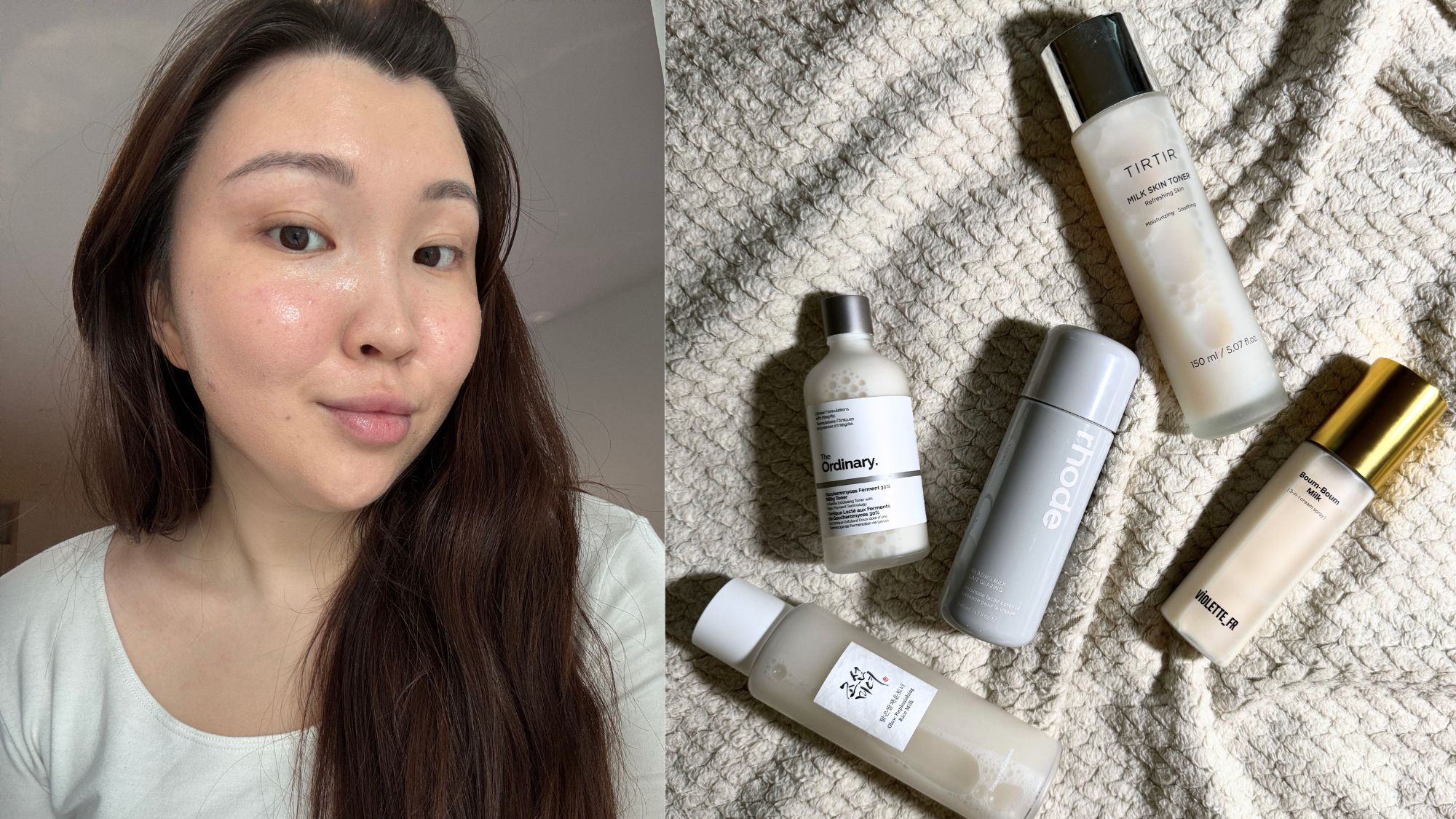
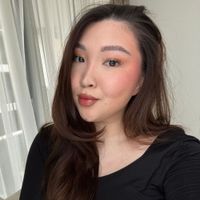
As a beauty journalist who’s tried practically every skincare product category under the sun, it’s not often that I’ll find a formula worth waxing lyrical about, and when I do, you’ll hear about it (case in point, this article). You see, my sensitive and rosacea-prone skin isn’t the easiest to please, let alone curate a whole routine for. And don’t even get me started on how easy it is to disrupt my skincare barrier.
Naturally, my choice of skincare often favours the more gentle, barrier-loving formulas. The latest product category to infiltrate my bathroom cabinet? Milky toners. Soothing and nourishing on the skin, they’ve become the unsung heroes of my skincare regimen—the kind that instantly replenishes my complexion and leaves that coveted “glazed” sheen.
Made popular by the ever-dominating Korean skincare trends, milky toners have become somewhat of a viral phenomenon (and deservedly so). Their satisfying milky texture gently cocoons the skin, while the hardworking yet irritant-free ingredients make them suitable for all skin types. Plus, compared to other toners that focus on decongesting and over-exfoliating the skin, milky formulas aren’t made to deliver drastic results. Rather, in keeping with the Korean barrier-loving philosophy, they focus on reinforcing your skin’s long-term health.
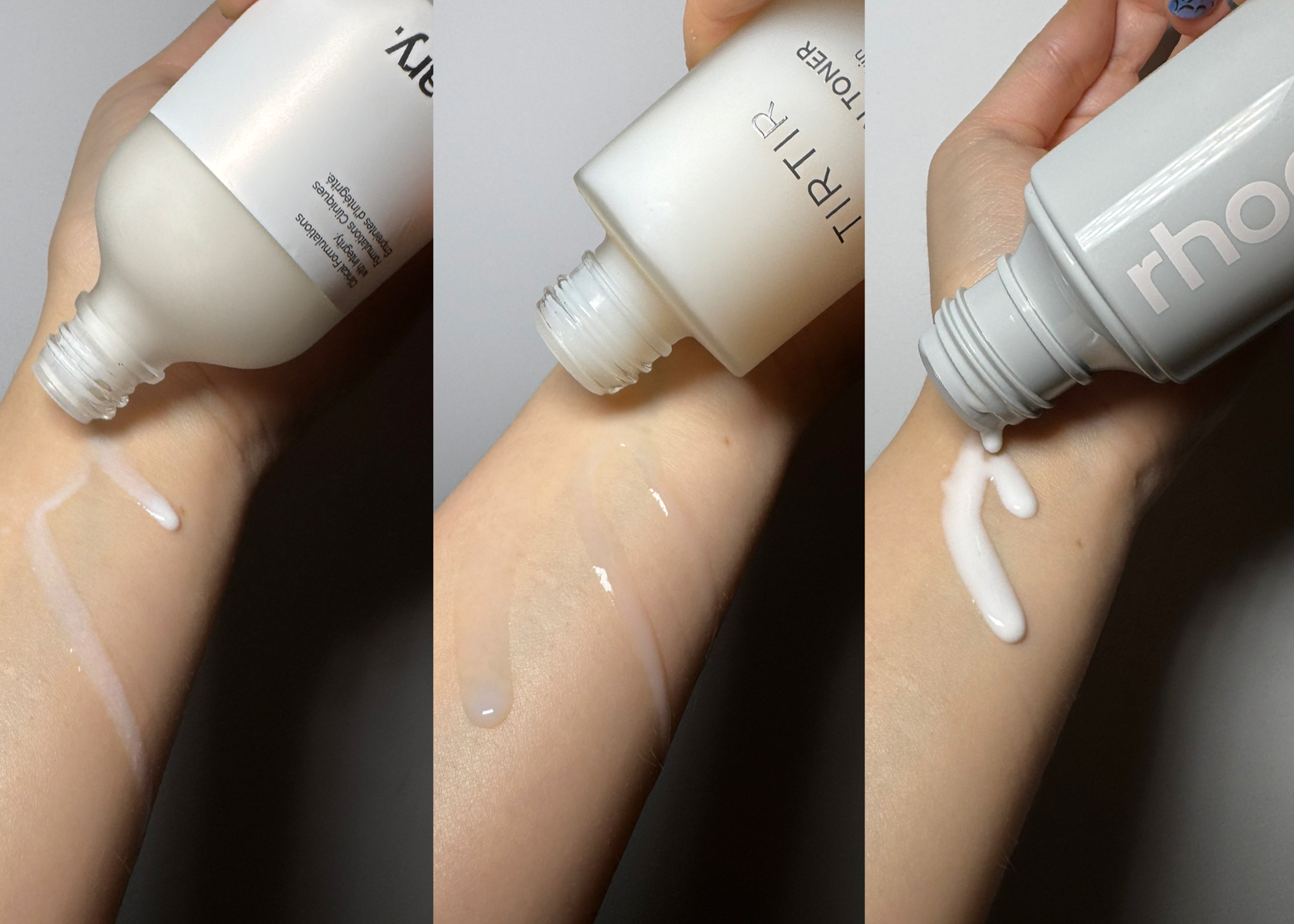
What exactly are milky toners and why are they trending?
“Milky toners are typically water-based formulations that contain suspended oils, emulsifiers, or lipids, giving them a milky, opaque appearance,” shares Dr. Christine Hall, General Practitioner in medical aesthetics, K Beauty expert and Aesthetician at TakTouk Clinic.
“These toners act as a bridge between traditional toners, which tend to be astringent and alcohol-based, and more nourishing products like essences or serums. They hydrate, calm, and prepare the skin for subsequent skincare steps, offering a light but moisturising texture that doesn’t clog the skin,” she explains.
According to Dr. Hall, “the surge in popularity of milky toners can largely be attributed to the broader trend of barrier-focused skincare, where products aim to repair and protect the skin's natural defences rather than strip or irritate it.”
What are the benefits of milky toners?
Satisfying texture or aesthetics aside, Dr. Hall explains that milky toners pack no shortage of benefits. “First and foremost, they offer a boost of hydration by attracting moisture to the skin, thanks to humectants like glycerin or hyaluronic acid,” she says.
Celebrity news, beauty, fashion advice, and fascinating features, delivered straight to your inbox!
“They also help to restore and repair the skin’s barrier with ingredients like ceramides and lipids, which prevent moisture loss and protect the skin from environmental stressors. Many milky toners contain soothing agents such as panthenol or centella asiatica, which calm irritated or sensitised skin, making them perfect for people dealing with redness or post-treatment sensitivity.”
Elsewhere, Dr. Hall shares that “milky toners can also improve the absorption of other skincare products, ensuring that subsequent serums or moisturisers can work more effectively.”
A post shared by Hailey Rhode Bieber (@haileybieber)
A photo posted by on
Are milky toners inspired by Korean skincare principles ?
“The popularity of milky toners is closely tied to the rise of Korean skincare, which emphasises hydration and skin barrier repair over harsh treatments,” shares Dr. Hall. “Central to this philosophy is the belief that a healthy skin barrier is fundamental to overall skin health, as it protects against environmental stressors like pollution, UV rays, and moisture loss,” she adds.
According to Dr Shinny Cho, consultant dermatologist at Future Care Medical, “rice has been central to Korean beauty rituals for over 1,000 years. Ancient Korean women used rice water (which is rich in antioxidants) for cleansing and gentle exfoliating, recognising its brightening and deeply hydrating properties. This tradition laid the groundwork for modern milky formulations, which, to this day, feature rice as one of the key ingredients,” she shares.
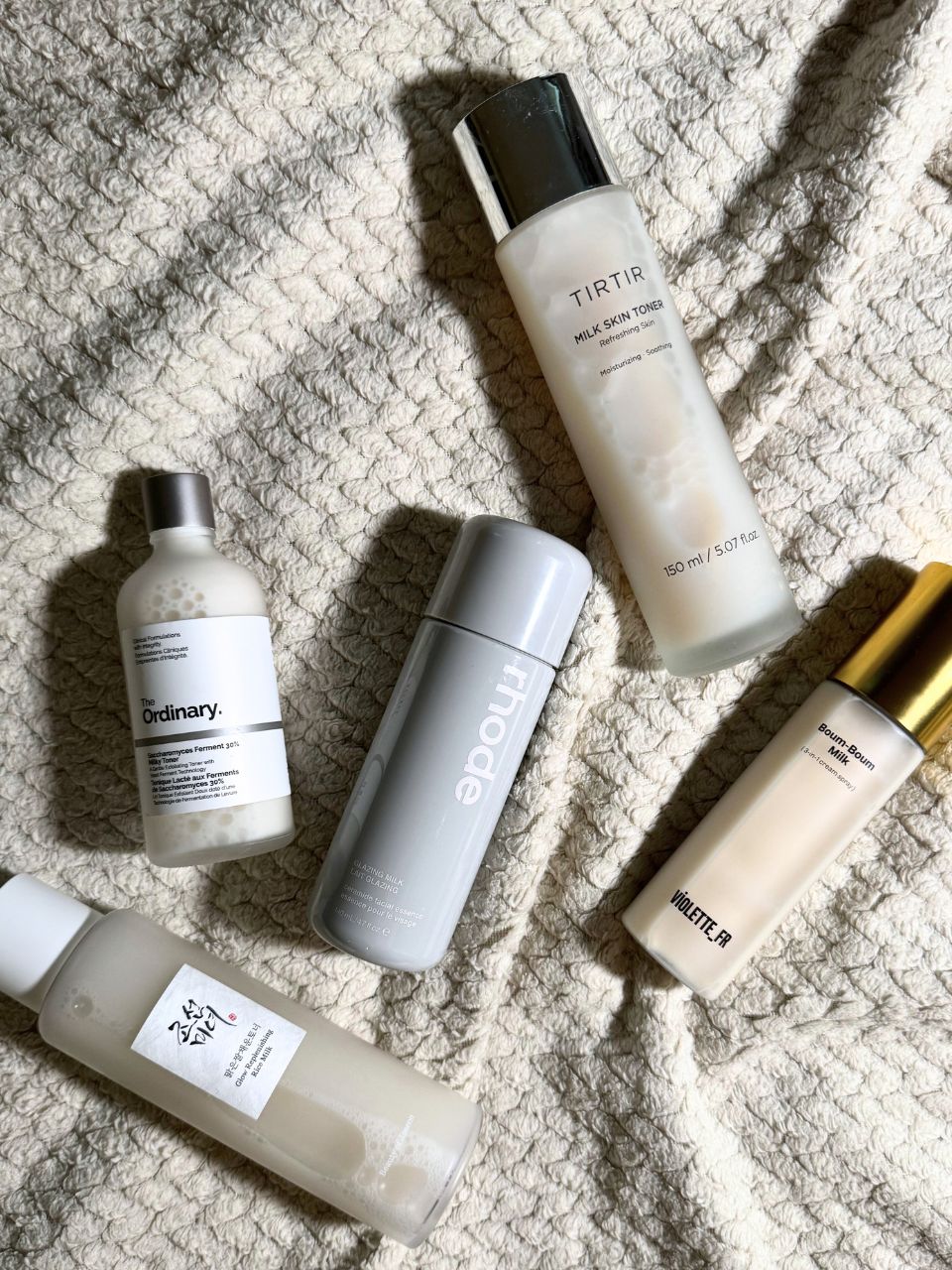
Which ingredients are commonly found in milky toners?
Whether it's a Korean toner or a formula produced in Western countries, the bottom line is that most milky toners share more than a handful of common ingredients. Below, Dr. Cho and Dr. Hall break down the most popular and effective components found in milky toners:
Ceramides: “These essential lipids restore and strengthen the skin’s barrier, all while reducing moisture loss, and protecting the skin against irritants,” shares Dr. Cho.
Niacinamide: “It’s a versatile vitamin B3 derivative that calms inflammation/redness, regulates oil, minimises pores, and improves skin tone,” explains Dr. Cho.
Hyaluronic Acid & Glycerin: According to Dr. Hall, “ingredients like hyaluronic acid and glycerin are universally tolerated humectants that draw moisture into the outer layers of the skin, ensuring that it stays hydrated throughout the day.”
Fermented ingredients (e.g. fermented rice extracts): ”Fermented rice extracts are a staple in many Korean formulas, thanks to their antioxidant, anti-inflammatory, and skin-brightening benefits,” says Dr. Hall.
The best milky toners, tried & tested
Western Milky Toners
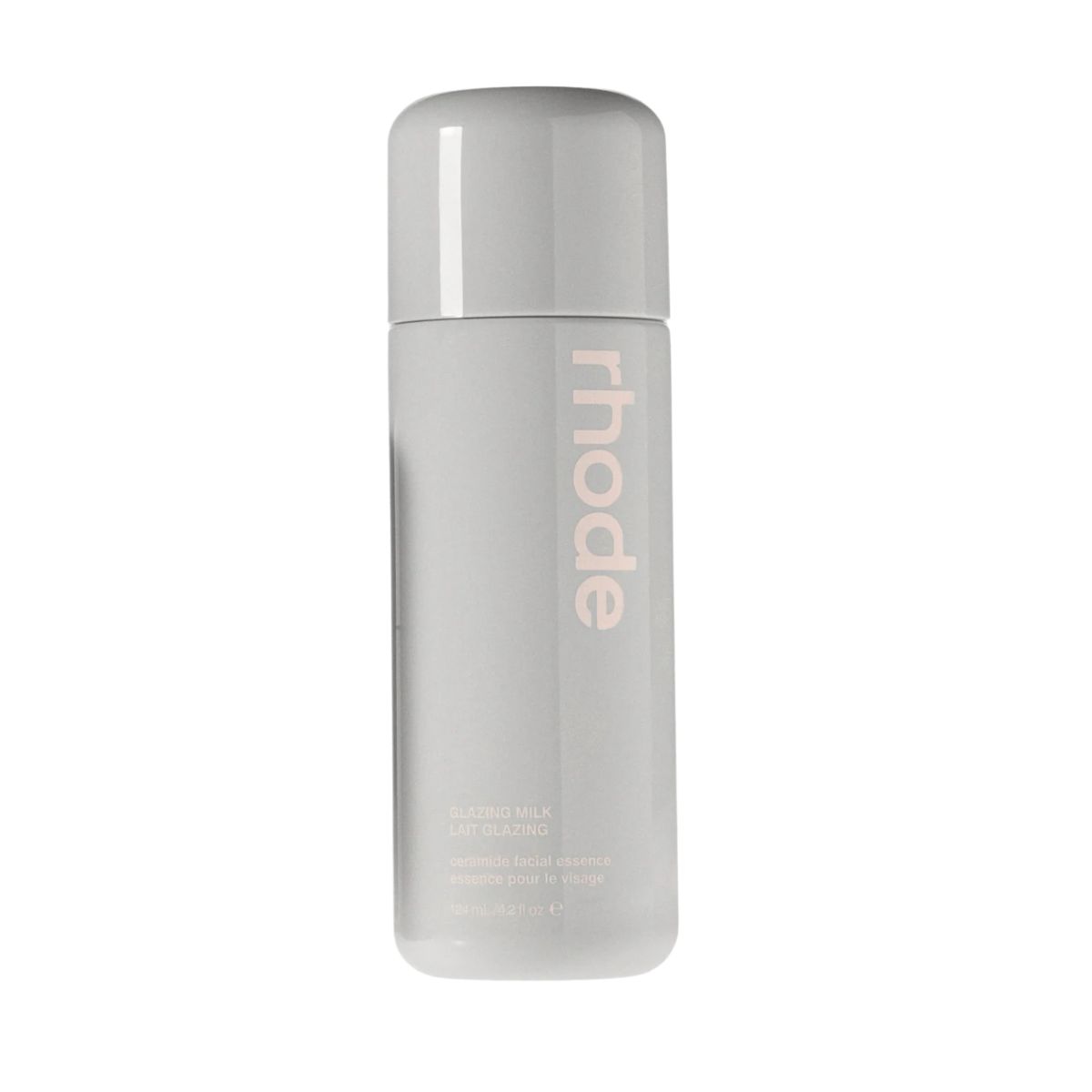
Coming in at number one? The Rhode Glazing Milk isn't your average toner. No surprises there: after all, it's the formula that singlehandedly kickstarted the "glazed skin" movement. Filled to the brim with nourishing and barrier-loving ingredients like ceramides, beta-glucan and a clever blend of magnesium, zinc and copper, this toner instantly hydrates the skin while also serving as a great dewy base for your makeup. In fact, Hailey Bieber has repeatedly demonstrated her clever hack where she mixes this toner directly with her foundation for a more natural, glowy look.
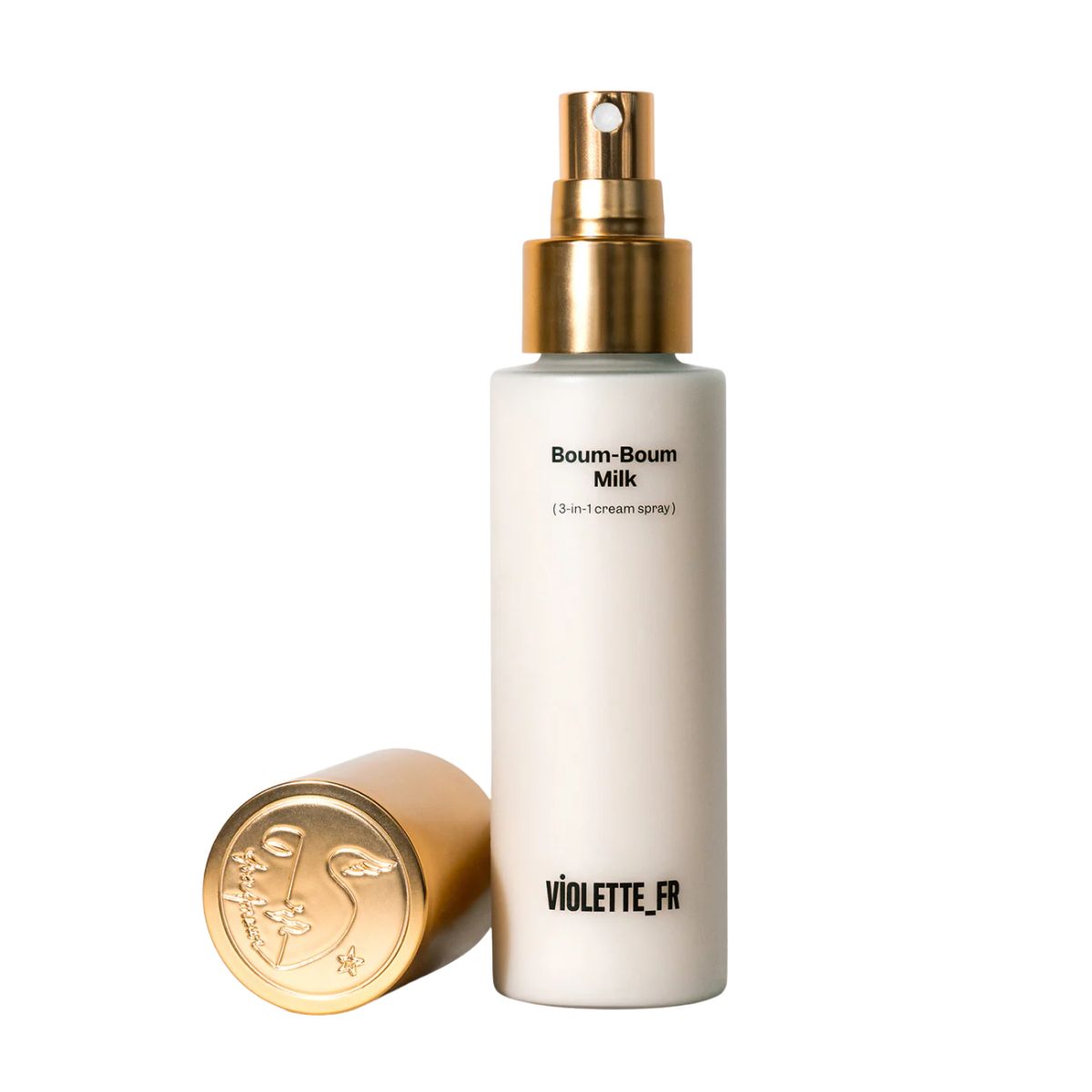
Formulated to act as a 3-in-1 skincare hybrid, this unique formula is ideal for the hectic mornings. Combining the benefits of a toner, serum and a moisturiser, this creamy blend comes in form of a spray, therefore simplifying the application process. Packed with probiotics and squalane, the Violette FR Boum-Boum milk helps hydrate, soothe and soften the skin, leaving you with the glowiest complexion. Personally, I love just how convenient it is to use: all it takes is a few spritzes and my once dull skin instantly exudes a post-facial glow. Plus, it's an absolute essential for my carefully curated in-flight routine.
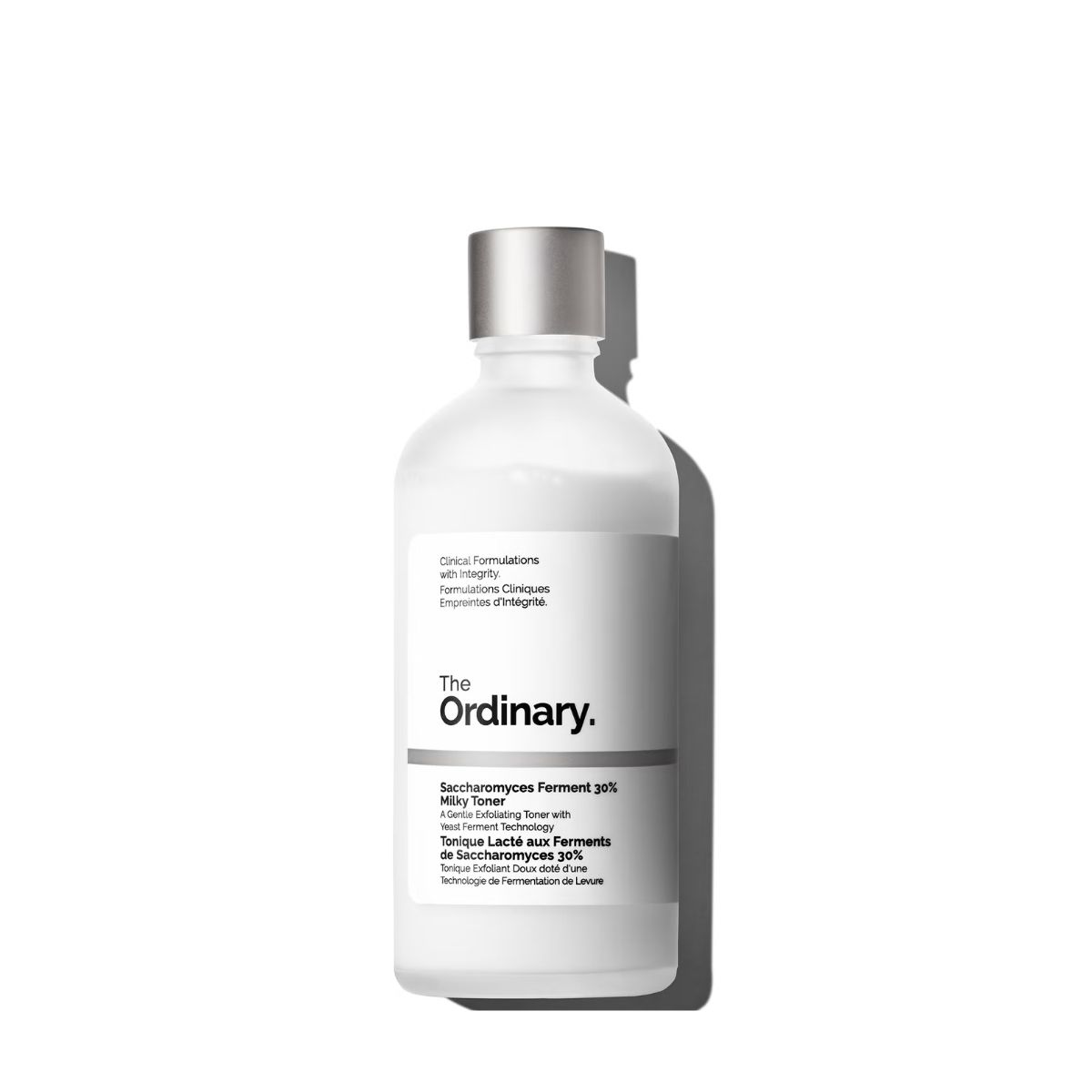
Suitable for all skin types, this milky toner from The Ordinary takes the guesswork out of achieving glowy, healthy-looking skin. It comes infused with yeast ferment technology that contains a 3% concentration of N-Acetylglucosamine (NAG) to gently resurface and balance the skin, all while reducing the look of dark spots and smoothing out texture. I love that it feels super lightweight on the skin, leaving it nice and dewy almost immediately after applying. I've ever tried using it on other parts of my body where I needed a boost of radiance, and it worked wonders.
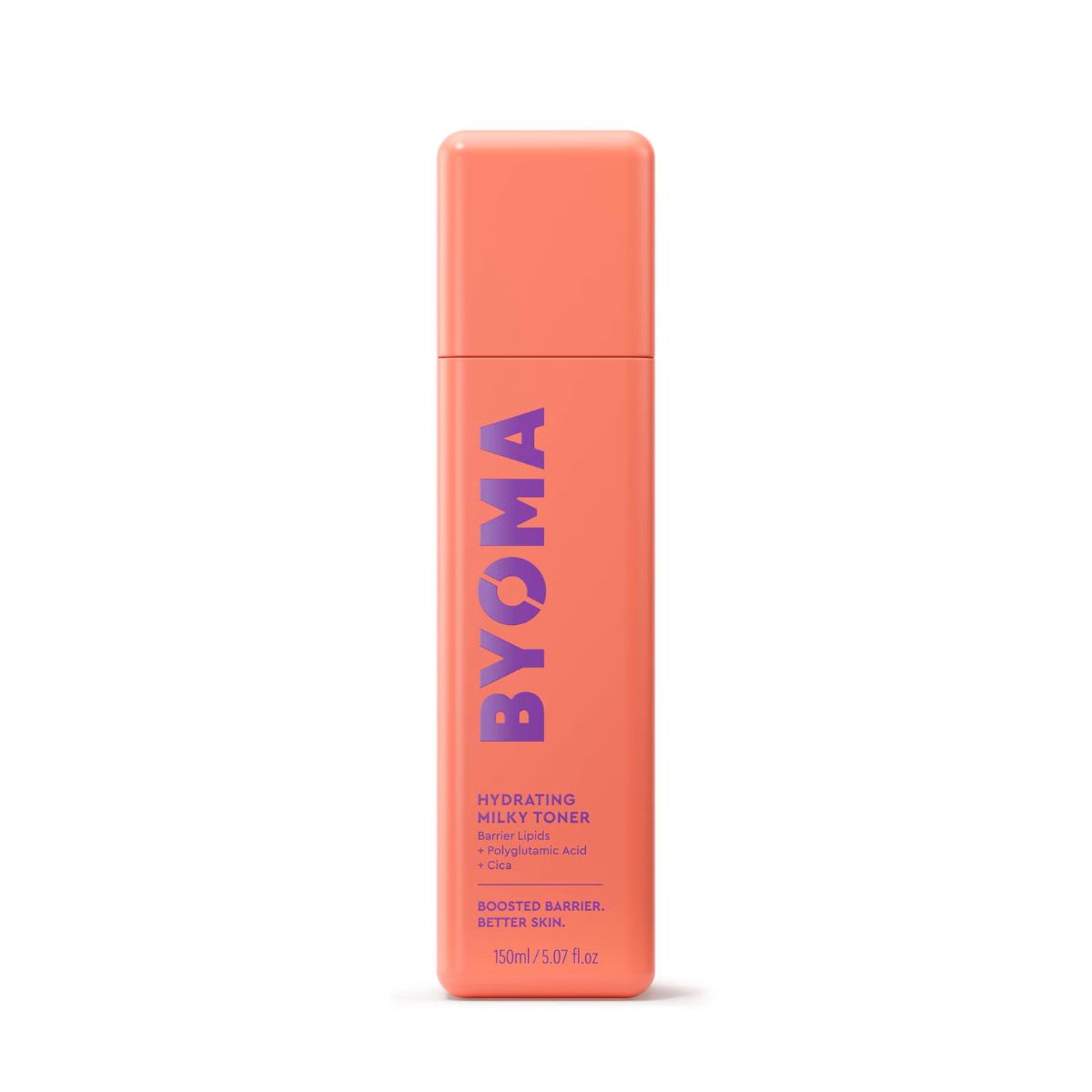
If your skin leans a bit more sensitive, you'll love this hydrating toner from BYOMA, which has been formulated to soothe the skin after just one use. Enriched with polyglutamic acid to ensure lasting hydration and cica (centella asiatica) to support your skin barrier, this lipid-rich milky formula feels incredible on the skin (not greasy or sticky in the slightest). The best part? It's also one of the best affordable formulas I've tried, meaning it won't cost you an arm and a leg if you needed a restock.
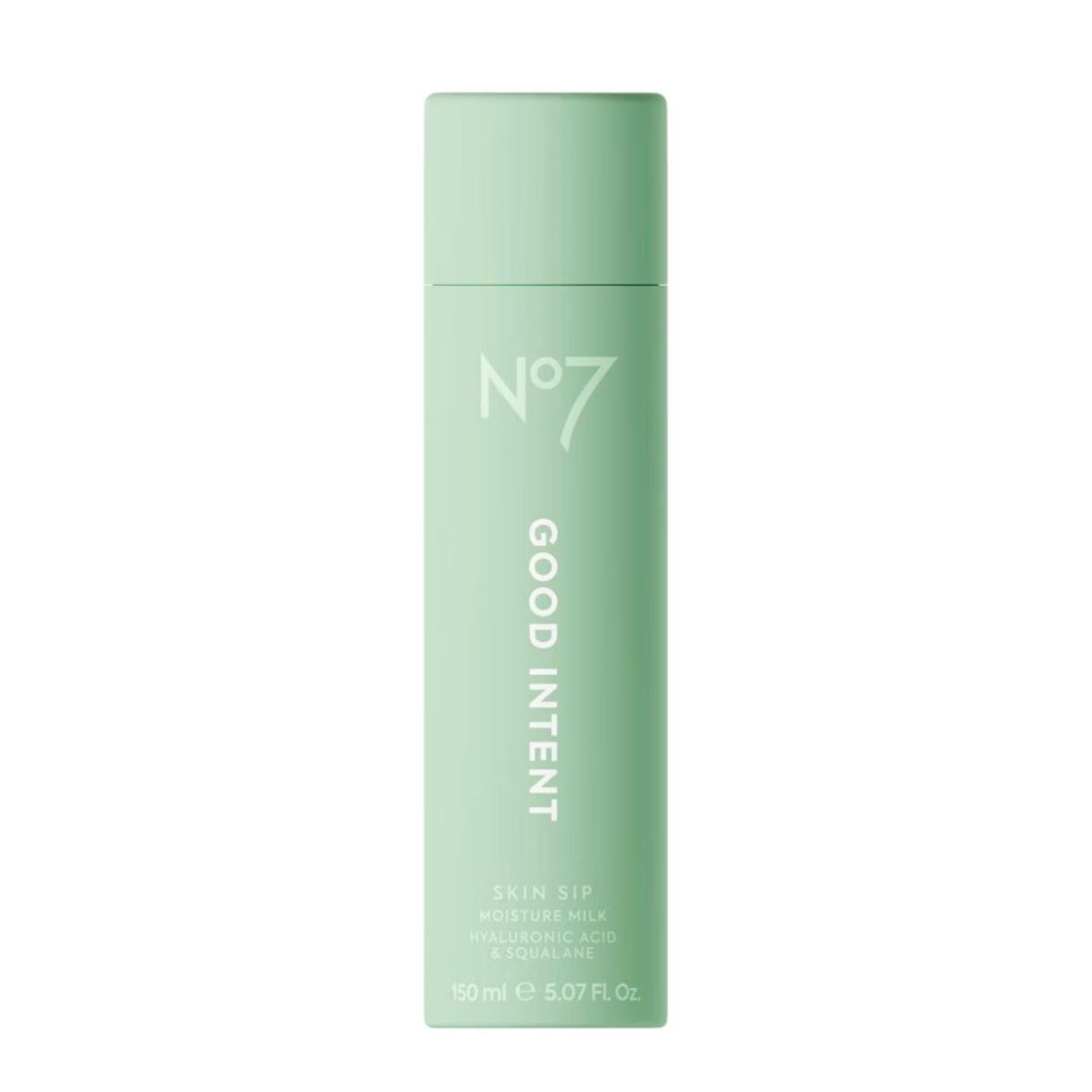
After that coveted 'lit-from-within' glow? Meet the newly launched Good Intent Skin Sip Moisture Milk from No7, which is a toner that helps achieve exactly that. Its weightless yet nourishing formula is full of skin-loving heroes like hyaluronic acid and squalane, which is an absolute must for those of us with dry skin. As someone who has sensitive skin, I appreciate that this formula is fragrance-free, which meant that it didn't end up causing any irritation. Its milky texture feels super silky on the skin, revealing an instantly replenished complexion with a dewy look.
Korean milky toners
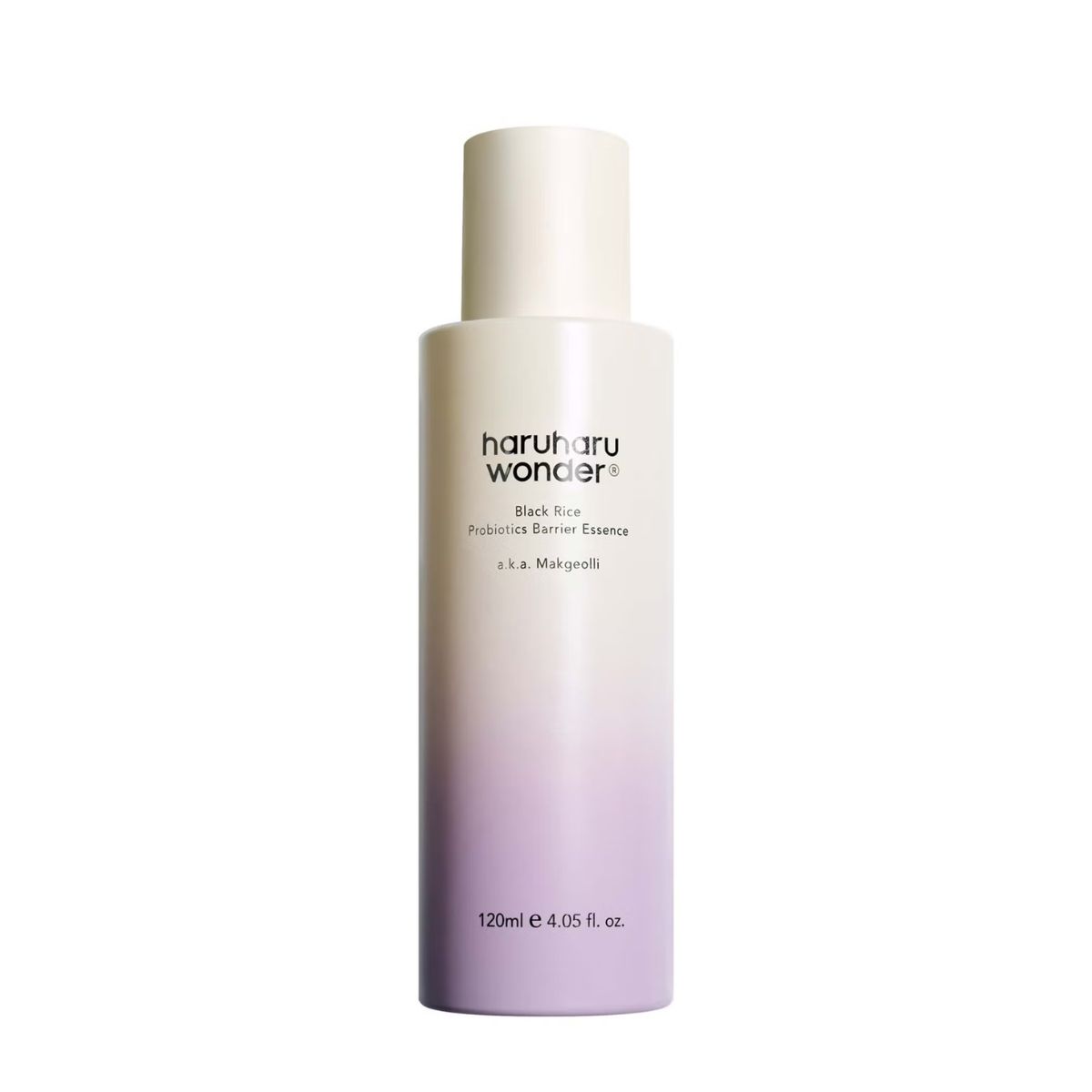
This Korean toner has to be one of the best things to have ever touched my skin, and here's why. Featuring a clever blend of ceramides and fatty acids, this milky formula helps deliver an instant boost of hydration and nourishment while simultaneously soothing the skin. It's also rich in antioxidants (courtesy of fermented black rice), meaning it also protects my skin from free radicals. The texture is a bit thicker compared to other formulas I've tried, but as someone who has dry skin, I didn't exactly mind that either.
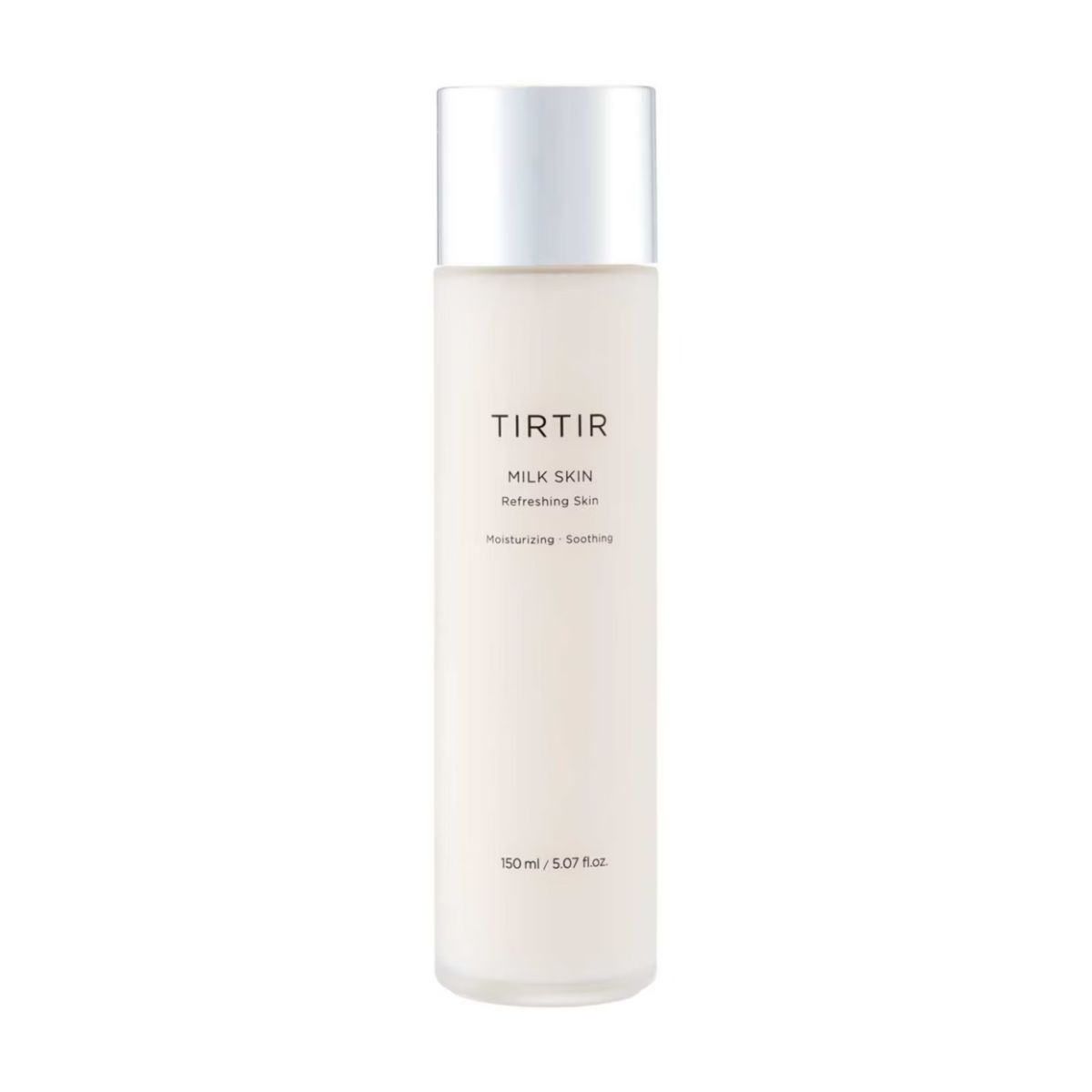
Having gone viral for its iconic cushion foundation, TIRTIR is also responsible for one of the best milky toners out there, and deservedly so. Infused with niacinamide to brighten dark spots and help with uneven skin tone, it also features a blend of panthenol and ceramides to reinforce the skin's moisture barrier and ensure lasting hydration. Elsewhere, this milky toner also includes rice bran extract and chamomile flower to help calm stressed skin or flare-ups, making it ideal for those with sensitive skin.
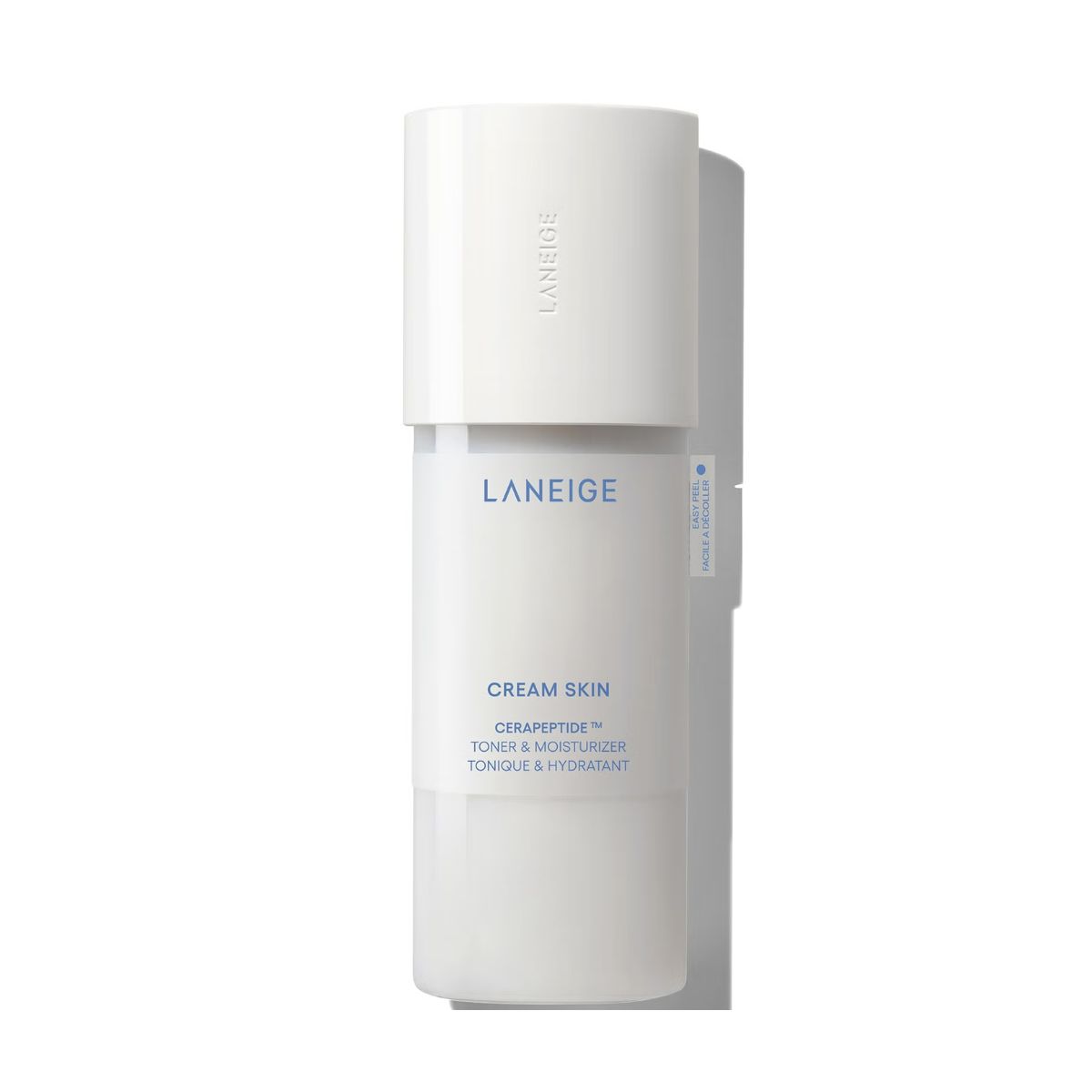
Why overcomplicate your already elaborate routine when you can treat yourself to a toner that acts as two products in one? Meet the Laneige Cream Skin Cerapeptide Toner & Moisturizer, which combines the replenishing properties of a toner and the intense hydration that you'd get from using a moisturiser. Inside, it's been formulated with the brand's proprietary CerapeptideTM complex (to strengthen your skin barrier) as well as white leaf tea extract to help protect the skin from free radical damage. Personally, I love how quickly it sinks into the skin. For me, it's a perfect product for the summer (especially on days when you're not in the mood to slather on a bunch of different formulas).
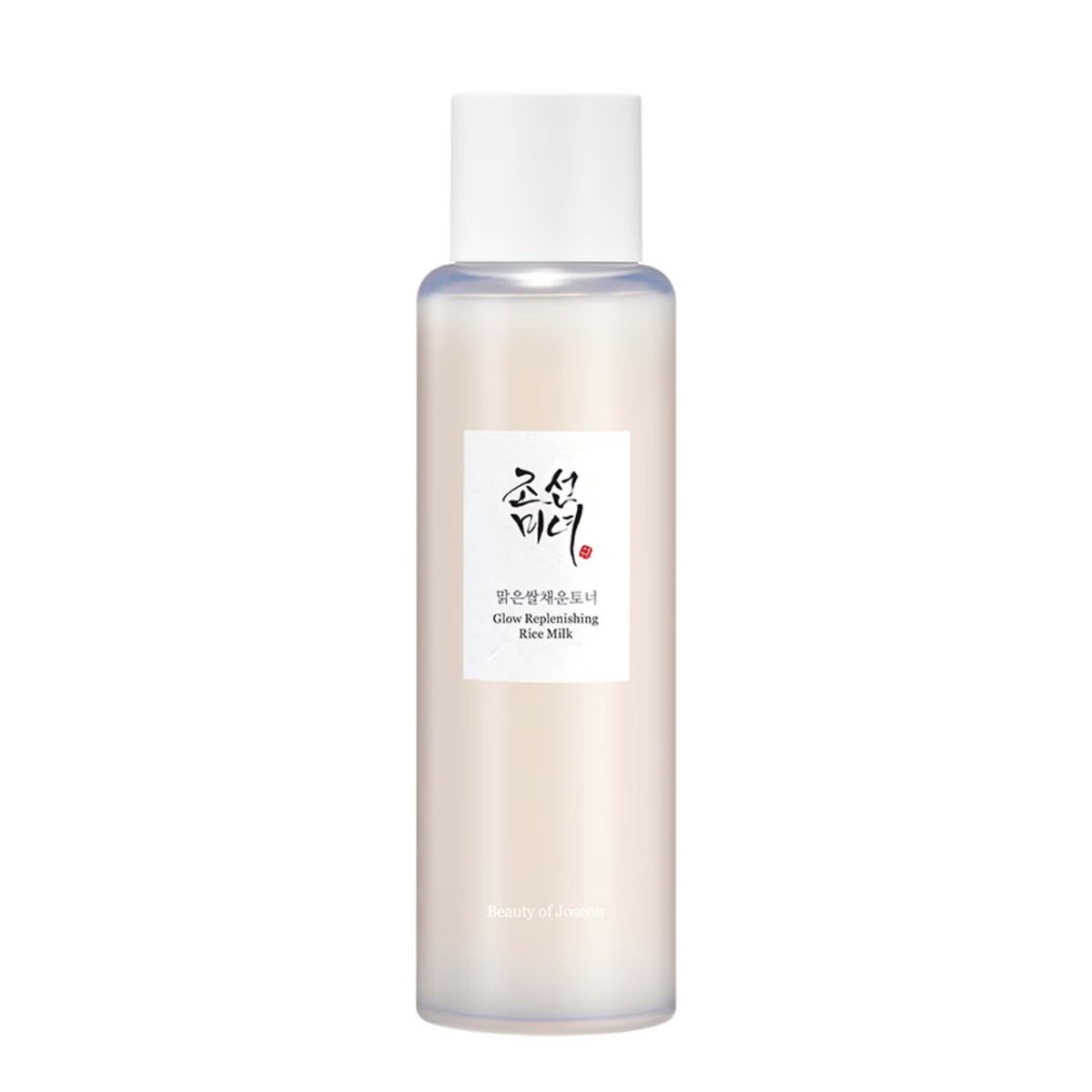
There aren't many toners that are as loved as this gentle yet hardworking formula from Beauty of Joseon. Its nourishing nature helps calm irritation, while its hydrating properties help achieve the look of supple, softer skin. Featuring a clever blend of rice extract and rice amino acids, this antioxidant-rich formula helps lock in moisture, while the powdered layer helps balance the skin's sebum production. The result? Visibly glowier and more hydrated skin, minus the oily feel. Long story short, if your skin leans more oily or combination, this milky toner is well worth considering.
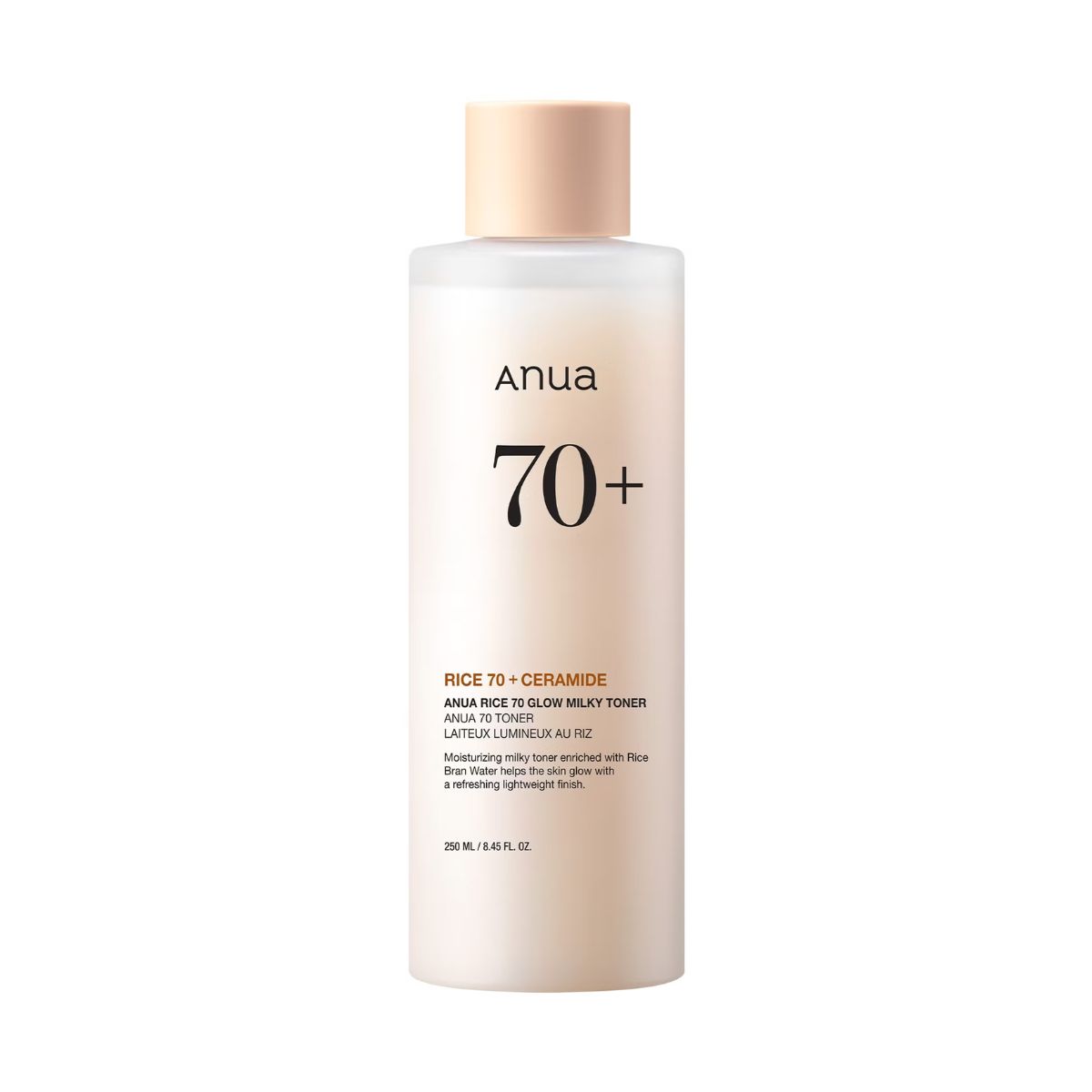
Anyone who's all clued up with the K Beauty industry knows that Anua is behind some of the most innovative formulas out there, and this milky toner is no exception. It helps hydrate, soothe and nourish the skin in an instant, making it a must for most skin types. It has an ultra weightless consistency, which genuinely feels like water upon application, which helps it seamlessly layer with the rest of my skincare steps. But above all, I'm a huge fan of the formula itself. Featuring a blend of ceramides, panthenol, hyaluronic acid and niacinamide, it spares no effect when it comes to ensuring a visibly glowier complexion and a more even-looking skin tone.
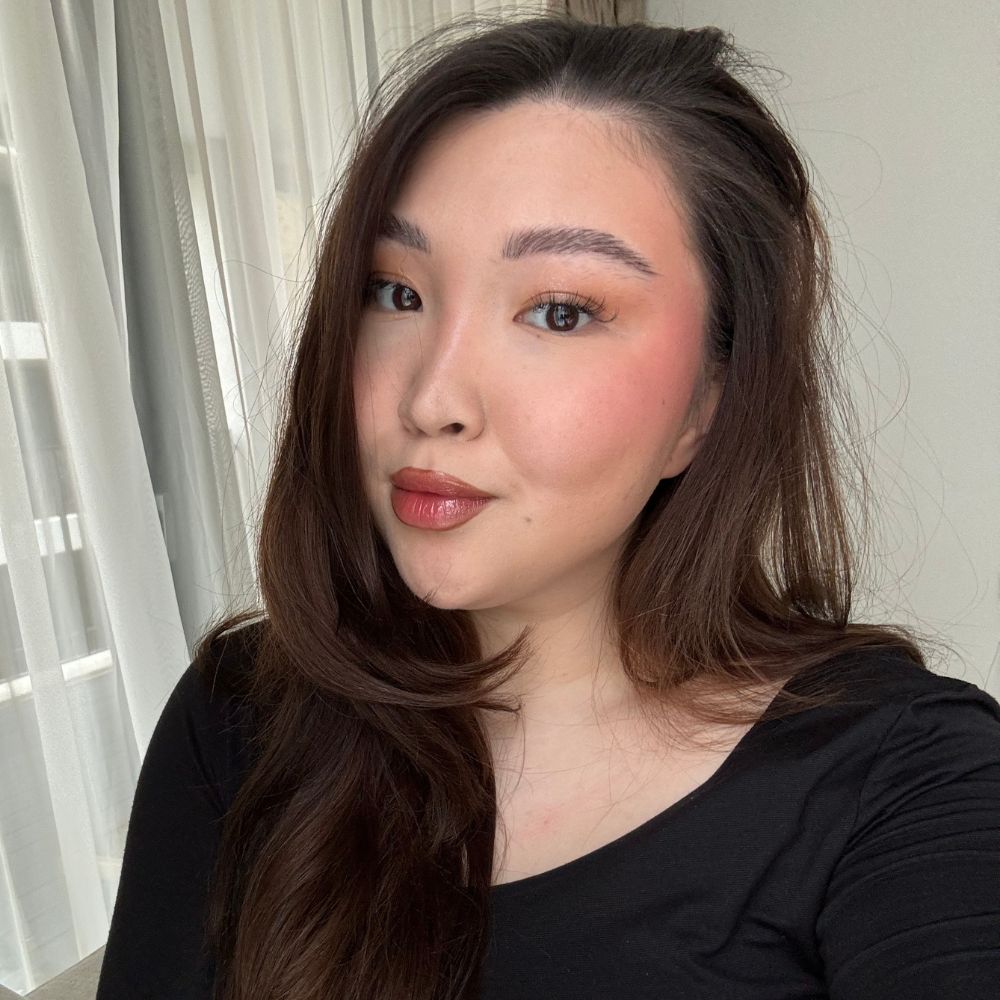
Denise is an award-winning beauty journalist with years of experience in the industry, writing about everything from makeup and skincare to perfume and haircare. Having interviewed celebrities like Khloe Kardashian and Winnie Harlow, Denise's vast writing portfolio also includes a number of product reviews, buying guides, first-person features and deep-dive explainers.